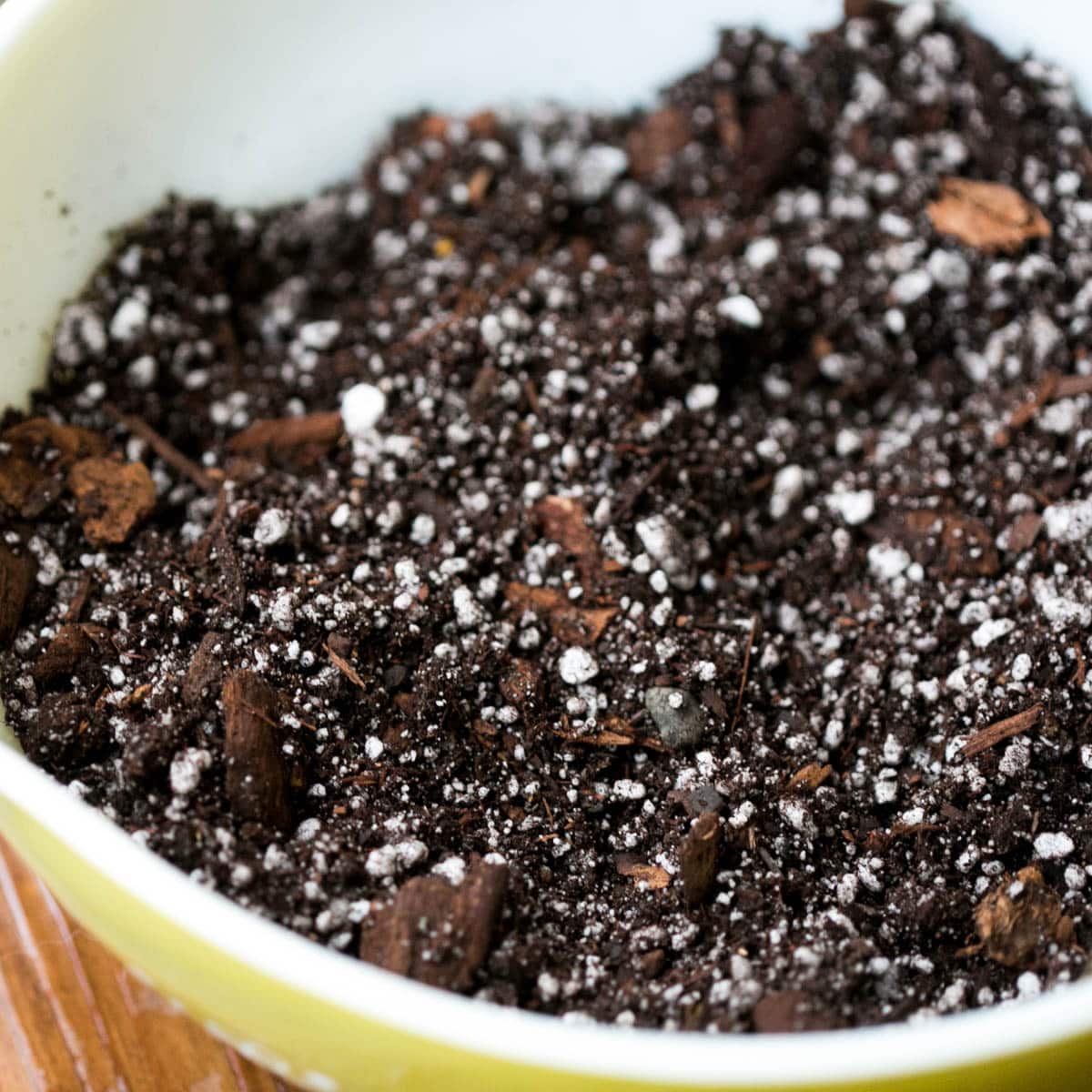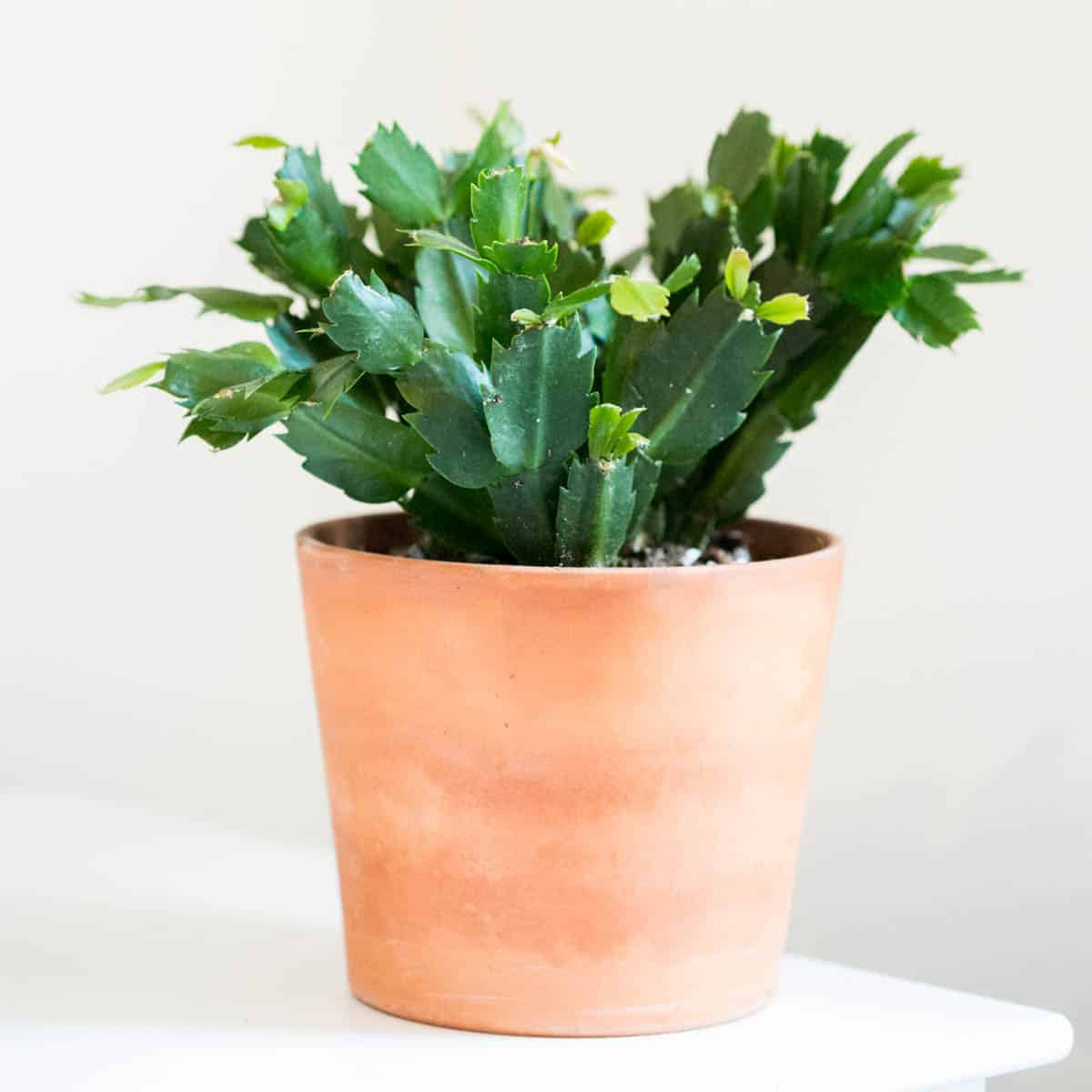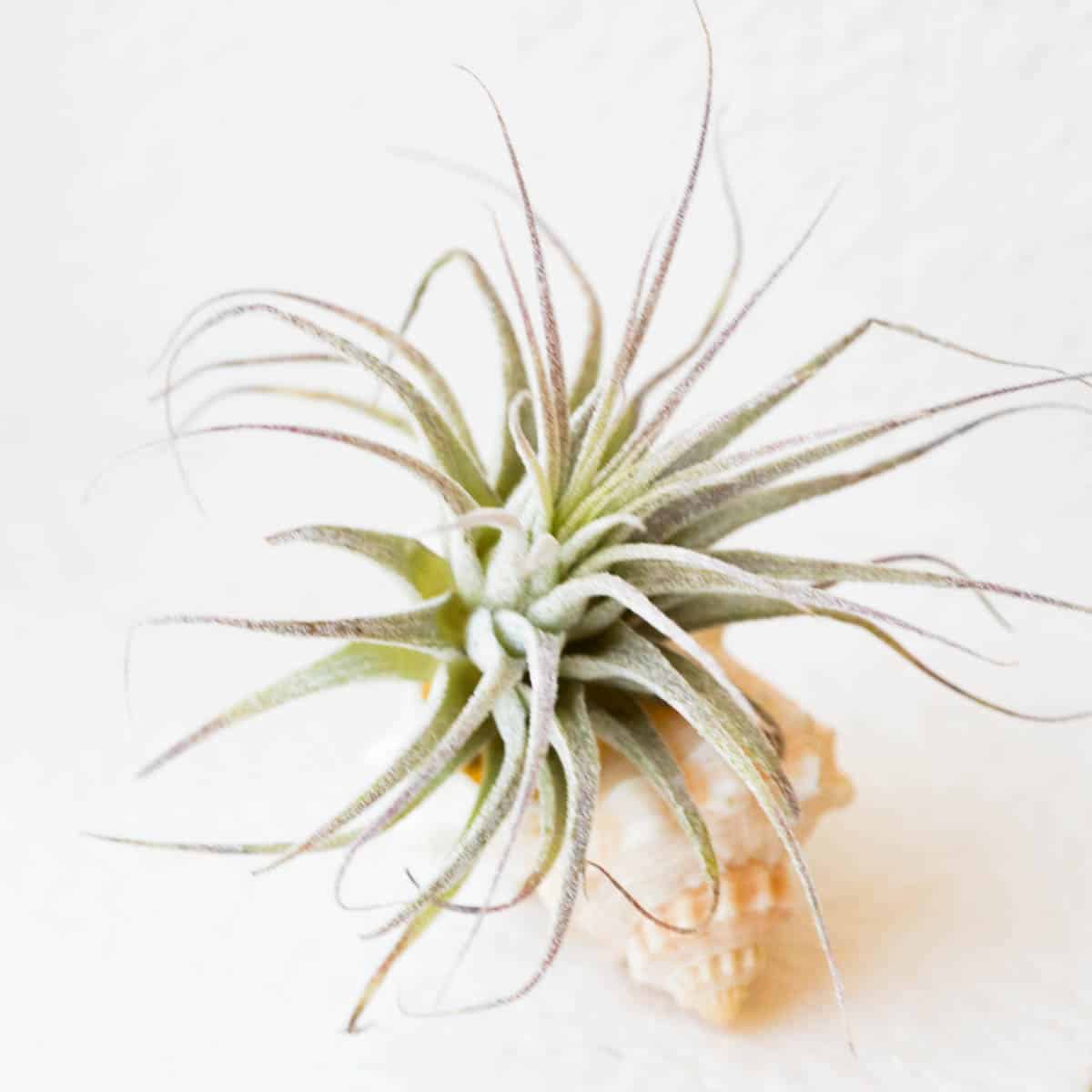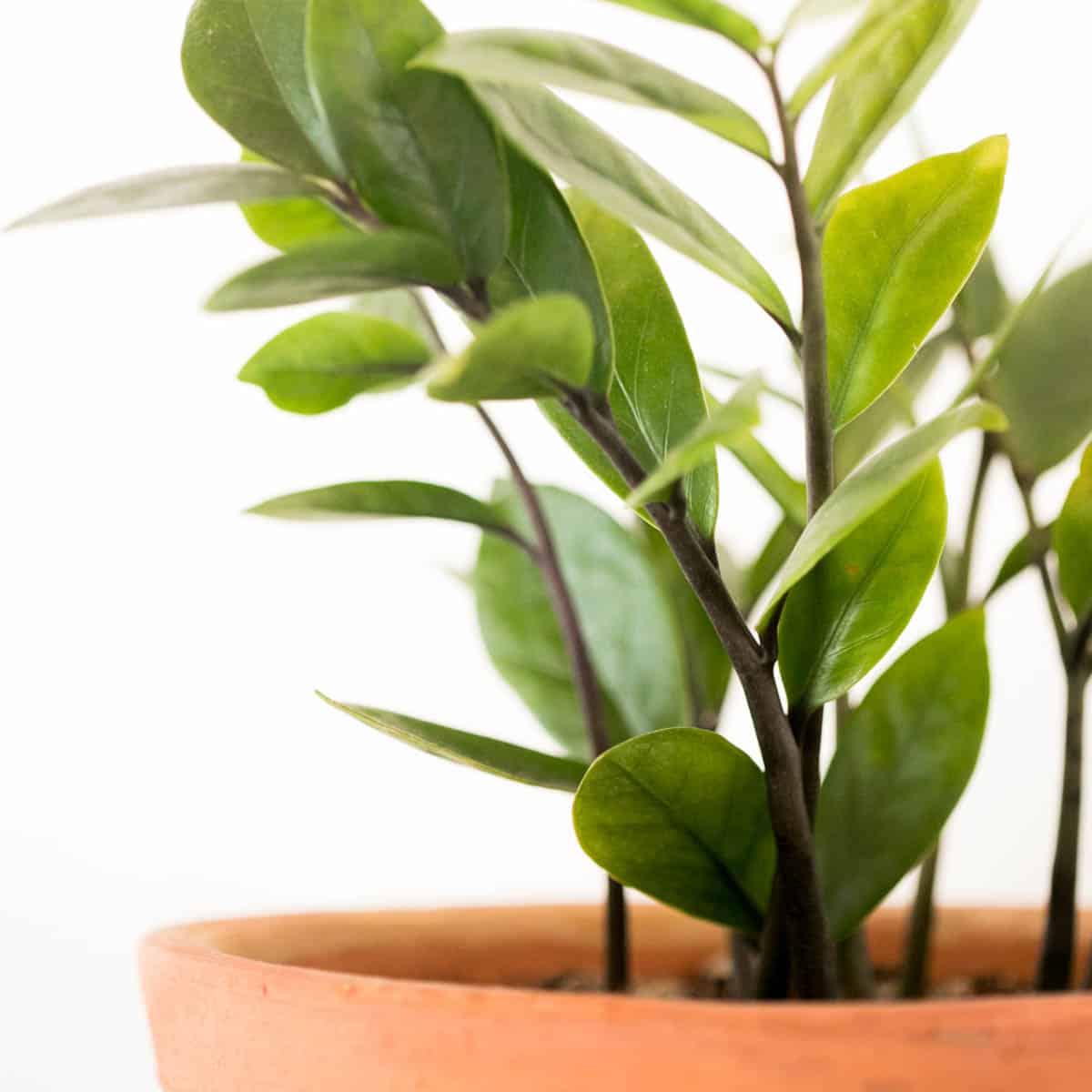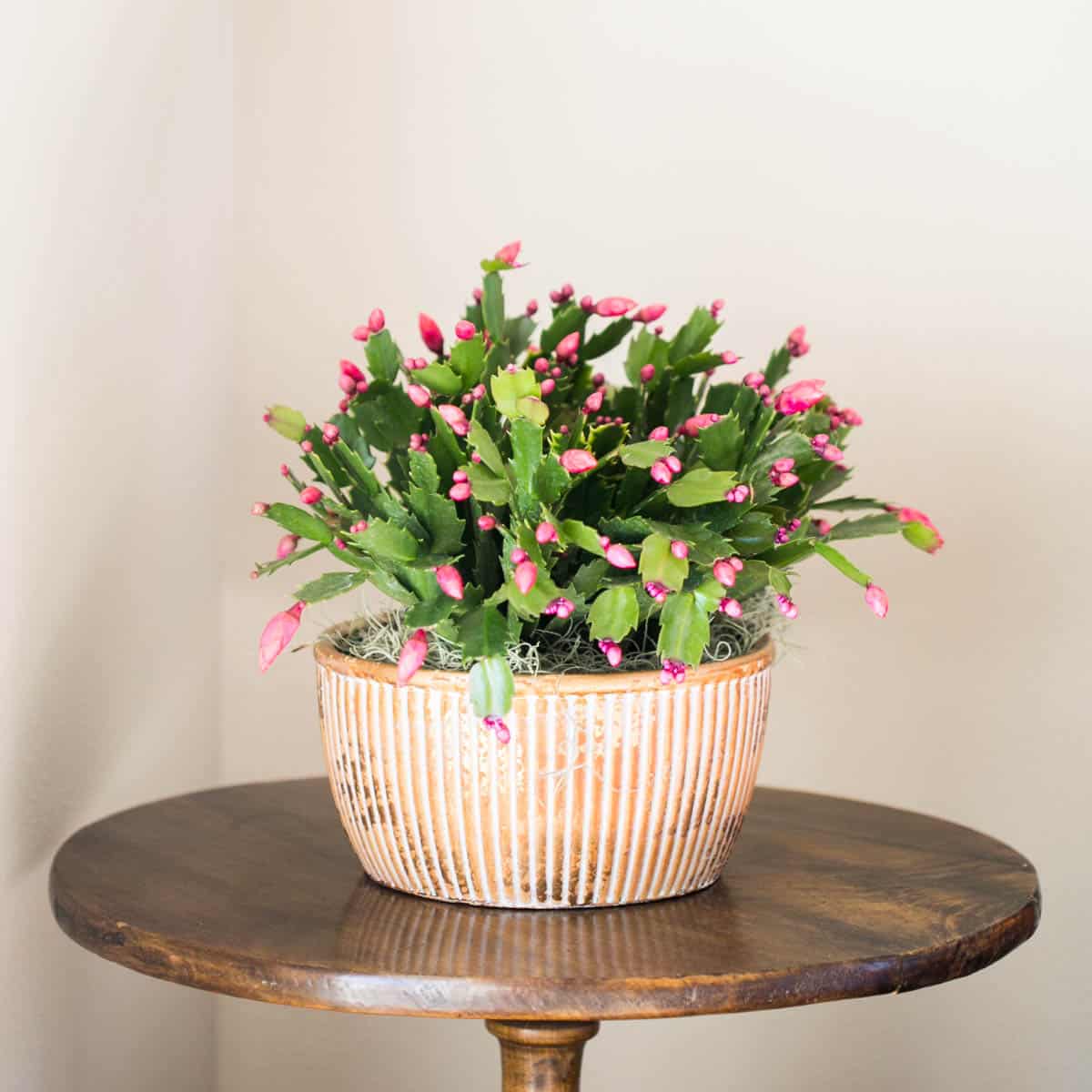How To Grow + Care For String Of Turtles (Peperomia prostrata)
Join us today as we explore how to grow String Of Turtles, a beautiful and unique peperomia plant!
Featuring long tendrils of vibrant green leaves that are utterly charming, String of Turtles are a low maintenance plant that will brighten up your living space with their vibrant tortoise vibes.
Also known as Peperomia prostrata (Latin), they have trailing vines with variegated leaves.

Alternating in dark and light green, the delicate round leaves truly look like the backs of turtle shells! And while they have a few specific needs, this whimsical indoor plant is easy to grow and maintain. We’re sharing our experiences on how to grow String of Turtles so that you too can learn to grow your own beautiful plant at home.
This post contains affiliate links. If you click through and make a purchase, we may make a small commission at no extra cost to you.
About
This unique plant is a variety of Peperomia, a species that features over a thousand tropical plants with thick waxy leaves. In their natural habitat, peperomia live beneath canopies of trees in Brazilian rainforests. Similar to air plants, this tropical plant grows as an epiphyte, meaning that they can survive off of the bark of other plants.

They feature vibrant green leaves that trail downwards and are considered a semi-succulent plant. These houseplants enjoy warm temperatures, moist soil and indirect light.
Though they are slow growing, these gorgeous houseplants can thrive indoors and make a stunning statement piece with their vibrant green foliage that are patterned after tiny turtle shells! If you take good care of your plant, it will thrive and create long trails of cascading turtle leaves.
At full maturity (about 4 to 5 years), the stems of these gorgeous plants can grow to be 24-36 inches long.
- Common Name: String Of Turtles
- Latin Name: Peperomia prostrata
- Native Environment: South American
- Easy to grow

This post is part of a series we are doing on trailing houseplants. Watch out for posts on String of Pearls and String of Bananas coming up next.
Soil (growing medium)
A light, well draining soil-less substance rich in organic matter is essential for growing String of Turtles. This plant has very shallow roots and they are adaptable to growing in substances featuring bark, sand and pumice.

The soil substrate needs to be fine, rather than full of large chunky pieces of bark or rock. It’s essential to mimic these soil conditions for a healthy plant.
Use a mixture of peat moss, coarse sand, pumice and a little bit of perlite to create your own growing substrate. Make sure your end result is free draining and does not contain soil retaining crystals.
Light
String of Turtles love bright, indirect sunlight. Remember that these plants thrive under the canopy of other other trees and plants, so the light it receives is diffused and indirect. Do not place the plant in a location that gets strong mid day sun which can damage the plant.

But, you do want them to receive plenty of bright ambient light. Think of a bright room with lots of indirect light bouncing around or light that comes in through a diffused window.
Once established, a few hours of direct morning light can be beneficial to the plant and stimulate growth. Do not set it in an area where it will get direct light all day long, however.
A west facing window with diffused light (such as a window covered by a shade or a glazed glass window) is perfect for this tropical plant.
Make sure that all parts of the plant are exposed to enough light- do not set it on a tall shelf where very little light will reach the plant.
How Much Water?
Watering peperomia plants can be tricky as they are not drought tolerant but over watering can cause rot.
String of Turtles prefer very lightly moist soil, and you don’t want to drown the plant and need to avoid soggy soil at all costs. While some indoor plant growers recommend sticking your finger in the top few inches of soil to test for moisture, we find that this method can damage the delicate leaves and stems of this plant.
Instead, look for these signs that the plant needs water:
- The thick, fleshy leaves look limp and have gone down in thickness. This is one of the tell-tale signs that a peperomia plant needs water, and our turtle variety are no different. When you see the leaves lose some of their firmness and look wilted, it’s time to water.
- The container feels lighter when you pick it up. A light pot will indicate dry conditions and that your plant is ready for water.
- The soil is visibly dry.

String of Turtles must have well-draining soil in order to enjoy the slightly moist conditions they prefer. The right soil mixture will help keep the water draining off the roots, preventing fungal disease.
Be sure to take a gentle approach when watering: use a quality water source free of chemicals, and don’t overflow your pot or container.
The amount of water is always subject to the environment in which a plant grows. I currently live in a very dry climate, while my mom resides in a wet, humid environment. When we compare notes, I always have to water peperomia plants more frequently in my arid area.
Humidity
Humidity refers to the amount of moisture in the air, and these charming plants crave a lot of it! Optimal humidity levels are between 60-80%. If your natural environment does not contain this much humidity, there’s a few things you can do.
- Increase the humidity around your plant by adding a dome. This can be as simple as a plastic bag covering your plant to increase moisture in the air after watering.
- Consider purchasing a humidifier.
- If there’s enough light, place your plant in the bathroom where humidity is naturally high.
- Set a small dish of water near your plant. As the water evaporates, more humidity is added to the air.
The right humidity will encourage healthy growth in your plant, giving you those long turtle strings that are so impressive. If you live in a dry area, be sure to add a source of humidity for your plant.
Check out this article on how to increase humidity for houseplants.
Fertilizing
String of turtles can grow larger, healthier leaves when given a little bit of fertilizer. Properly fertilizing can give bigger leaves and increase the growth rate of these typically slow growing plants.
Containers
Always make sure your string of turtles plants live in a container with drainage holes on the bottom of the pot. This will allow excess water to drain from the pot and prevent disease.
Good drainage is essential to any indoor plant: if there is not a place for the water to drain, the roots will begin to rot. This can cause fungal disease like root rot and attract pests such as fungus gnats.

Additionally, these indoor plants enjoy having their roots a little tight in the container. So, don’t give your plant a lot of space to “swim” in the soil, and only re pot when you see roots growing out of the bottom of the container.
Shallow, breathable containers work very well and can have a dramatic effect when the colorful green leaves cascade down the edge.
Temperature
These peperomia plants need high humidity and warm temperatures in order to thrive. In their native habitat the climate is warm, featuring high humidity and diffused light. So, we want to replicate these growing conditions as much as we can in the home!
The ideal temperature for these indoors plants is between 65-75 degrees. Luckily, most homes keep their thermostat in this range. Don’t go any colder than 60 degrees or the plant will not thrive.
Propagation
Propagation is easy and straight forward with String of Turtles! Trim a stem off of the plant, leaving about 4-5 leaf nodes in place.
The root can be grown in water or in a similar growing medium as the mother plant.
Care Notes
String of Turtles are a low maintenance plant, but we wanted to add a few special care notes:
- The leaves on these plants are sensitive and can easily be knocked off the plant. It’s best not to touch them too much!
- In that vein, once you have your plant in an area where it is happy, try not to move it. Give it warmth, humidity and bright indirect light and once it starts thriving, leave it be!
- Don’t over fertilize your plant. Too much fertilizer can cause problems, but a light dose once a month is beneficial to the plant.
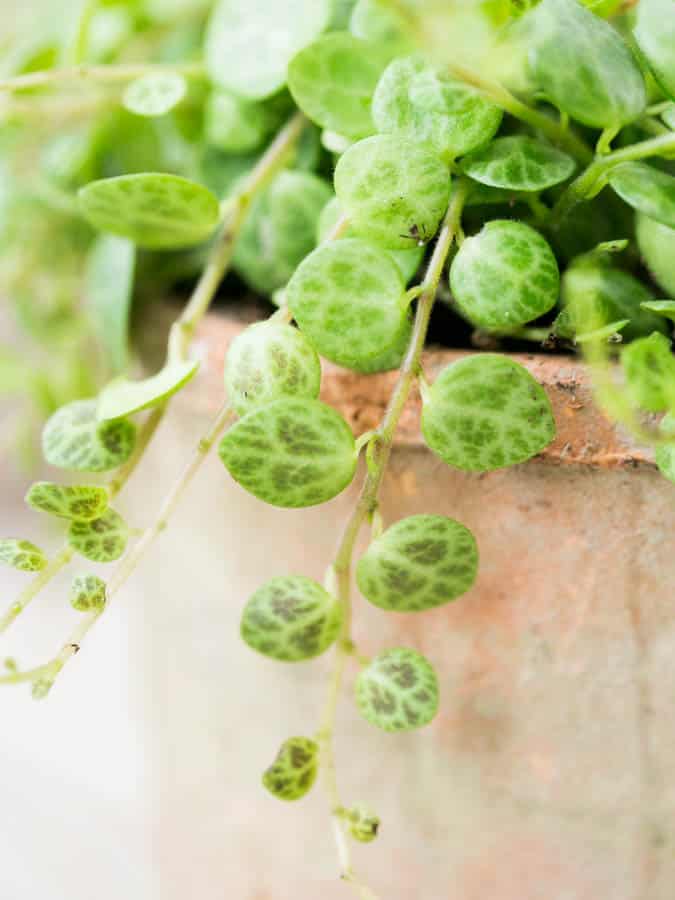
Common Problems
Most problems with this peperomia variety can be avoided by making sure the soil is well draining.
Signs of over watering include yellowing and drooping leaves. Root rot can develop if the plant is over watered with poor drainage. Gently take the plant out of the pot to check for root rot. Black, brown and putrid smelling roots are indicative of rot.
Make sure to let the plant dry out in between watering to prevent rot!
Final Thoughts
Once established, String Of Turtles are darling, low maintenance houseplants. Give them the ample light, humidity and just the right amount of water and your turtles will thrive.
Let us know in the comments if you have any questions!
About the author: Jamie is a long time plant lover, flower enthusiast, and professional photographer of 15 years. Learn how to take gorgeous photos of your own plants here.

